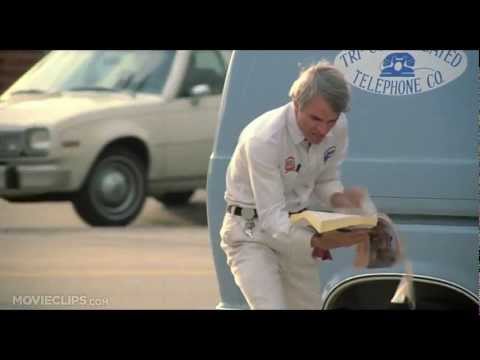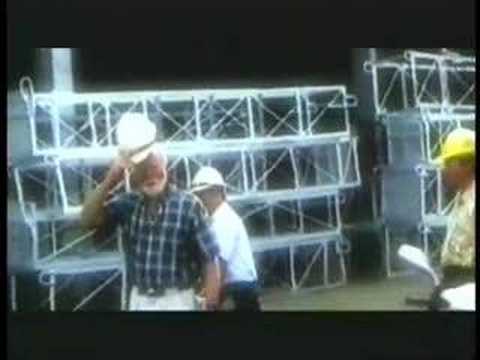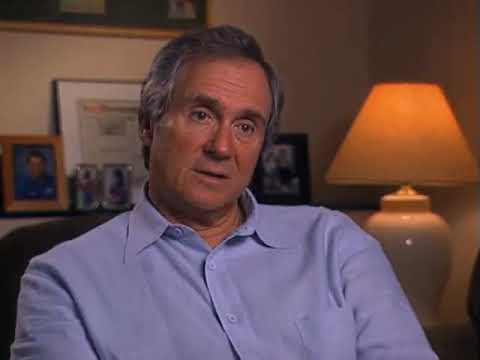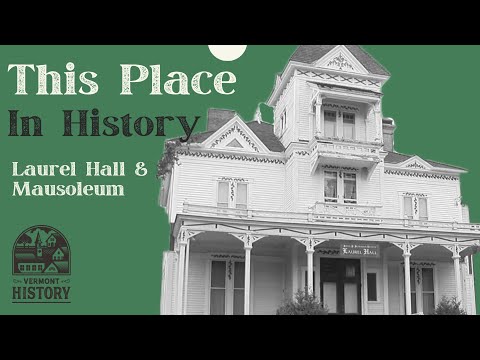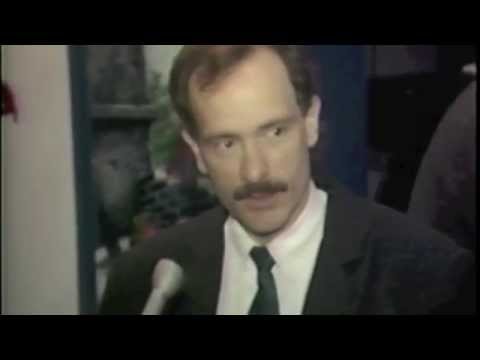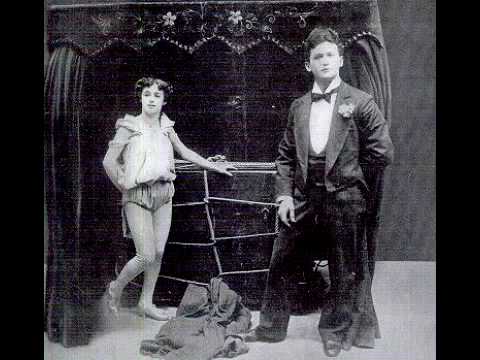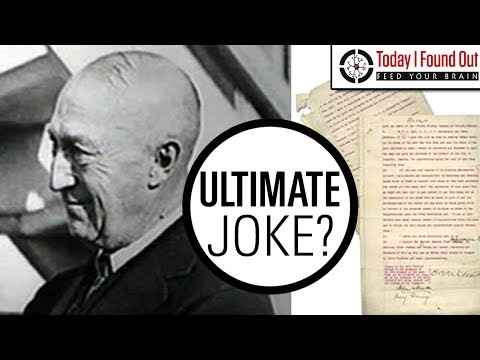10 Seventy Names From the Phone Book
Luis Carlos de Noronha Cabral de Camara was a Portugese aristocrat born into wealth. He inherited a small fortune in the form of well-stocked bank accounts, a twelve-room apartment, a house, and several vehicles but had little else. He was estranged from his family, a lifelong bachelor, and had few to no friends. That’s why, in 1988, he decided to leave his fortune to 70 random strangers he picked out of a phonebook. Thirteen years later, Luis Carlos died, and the courts executed his will. Lawyers contacted the 70 strangers, all citizens of Luis Carlos’s native Lisbon, and told them they’d inherited 1/70th of the estate. Even split into that many portions, they still stood to inherit several thousand euros apiece. Naturally, many assumed the calls were scams; the situation does have a “Nigerian Prince” ring to it. Nonetheless, it was true, and for 70 lucky people, Luis Carlos’s bad fortune was their literal fortune.
9 Eighty-Million-Dollar Dog
Similar to Luis Carlos, Karlotta Leibenstein was born into money but had little else. She was a German countess who inherited tens of millions of dollars but had no family or children of her own to share it with. But unlike Luis Carlos, Leibenstein did have one person to leave all of her wealth to. Well, not so much a person and more of a dog. In 1992, her dog Gunther III inherited $80 million. As dogs can’t actually possess wealth, Gunther III was appointed a team of caretakers. They lavished the dog in the finest of luxuries throughout its life, drawing from the inheritance. Since most was still sitting unused, they invested it wisely, and as of 2019, the money had ballooned to almost $400 million. Sadly, Gunther III passed away, but his son Gunther IV is still alive and enjoying the best life any dog has ever had.
8 Make Me a Frisbee
“Steady” Ed Headrick lived an impressive life. He fought in World War II, worked as a deep-sea welder, and eventually found his calling as a toy designer. He is most famous for inventing the Frisbee as well as the game of disc golf. It makes sense, then, that Headrick stipulated in his will that his ashes be incorporated into the plastic of a series of Frisbees. His son Daniel was quoted as saying, “For years, he used to joke about saying he wanted to live on as a Frisbee. We always thought he was joking.” Far from joking, Headrick’s wish was real and was really carried out. His ashes went into a special limited series of discs, some of which were distributed to family and friends and some of which were auctioned off for charity.
7 Beam Me Up… Twice
You may know Gene Roddenberry as the creator of Star Trek and, by extension, the father of modern sci-fi. His interest in space wasn’t purely fantastical, however. He truly admired the cosmos, and he showed it by asking that his ashes be flown into space and left to float forever in the void. His wish was partially granted in 1997. A portion of his ashes was placed on board a Celestis rocket and launched into Earth’s orbit. Sadly, the rocket’s orbit slowly deteriorated, and in 2002, it fell back to Earth and burned up in our atmosphere. NASA has committed to launching another payload using more of his ashes, but no flight has taken place as of yet.
6 Display Me, Sir
The corpse of Jeremy Bentham is one of the most famous in history, and it continues to gain attention to this day. Bentham was an English philosopher who left explicit instructions as to the fate of his body. He asked that his body be preserved, posed in his usual seated position, and clothed in one of his suits. He then asked that the body be placed in a wooden box with a glass face so that it could be left on public display for as long as it lasted. Watch this video on YouTube Since his death in 1832, Bentham’s remains have sat in the box, the whole contraption being dubbed by Bentham the “Auto-Icon” in various places around the University College London campus. Unfortunately, due to shoddy preservation and repeated pranks, Bentham’s head has been replaced with a wax head and locked away.
5 Keep It Warm for My Return
John Bowman was a tanner in the 1800s and amassed a considerable fortune. He also managed to create a loving, happy family to whom he was exceptionally devoted, even after death. Watch this video on YouTube After both his daughters and wife passed away, Bowman was alone and decided to honor his departed family with everything he had. He had a $75,000 stone mausoleum built as both a resting place and shrine for his family. He then built statues of all three women and placed them inside the shrine, then a statue of himself ascending the shrine’s steps, flowers in hand for his family. There was one last thing to be done for Bowman, however. He believed in reincarnation and expected that he and his whole family would return to their mansion one day. In preparation for that day, he allocated $50,000 to a custodian to keep the family mansion ready for their return. The fund lasted for 60 years. During that time, the fireplace was kept lit, and dinner was placed on the table every day.
4 The Ol’ Skin Drums
Solomon Sanborn died in 1871. When he went, he wanted his death to broadcast to the world his patriotism. He accomplished his goal and then some. Sanborn lived in Massachusetts and was excessively proud of the role the Commonwealth played in the American Revolution. When he died, he stipulated that his body be given to science, but not his skin—which he had made into two drums and presented to his friend, a drummer. The will asked that the friend go out to Bunker Hill every June 17th (the battle’s anniversary) and play “Yankee Doodle Dandy.”
3 Ashes in Your Comic
Comic book fans will likely know Mark Gruenwald. He was a longtime writer, editor, artist, and every other job imaginable for Marvel. You name a big Marvel character, and he’ll have worked on it. His love of comics carried on into his death when his will asked that he be cremated and his ashes used to help print a comic. Gruenwald got his wish. He was cremated, and the production team mixed his ashes into ink and used it to print the first collected volume of one of his favorite series, Squadron Supreme. The books have since become a collector’s item and regularly sell for hefty sums on eBay.
2 Mandatory Seances
The legacy of Harry Houdini is predominantly that of the world’s greatest escape artist. However, Houdini had several other successful endeavors throughout his life, one of which was exposing fraudulent magicians and spiritualists. That’s why he established with his wife Bess a coded message that whoever died first would send to the other through a seance. If the afterlife and mediums were real, then the coded message should get through. If not, then whoever outlived the other was likely to hear from mediums the same cold-reading and trickery as usual. Houdini went so far as to write it in his will that Bess hold yearly seances to try and establish spiritual contact. She conducted her duties faithfully until her death, with not a whisper of the coded message.
1 The Great Stork Derby
Charles Vance Millar was a Toronto man who owned and/or ran several businesses in the city, earning him a vast fortune before his death. When it came time to bequeath that fortune, as Millar had no close family, he chose to spread it out in as absurd a way as possible. Several absurd ways, actually. Watch this video on YouTube One clause stipulated that every Protestant minister in Toronto receive shares in his brewery—a Catholic business. Another gave his vacation home in Jamaica to three men whom Millar knew hated each other. Except, they had to live there together. The most famous of his stipulations came to be known as The Great Stork Derby. He left the majority of his vast estate to whichever Toronto women had the most children in the ten years following his death. This prompted a reproduction race that lasted a decade, eventually culminating in a four-way tie between women who had each birthed nine children.
